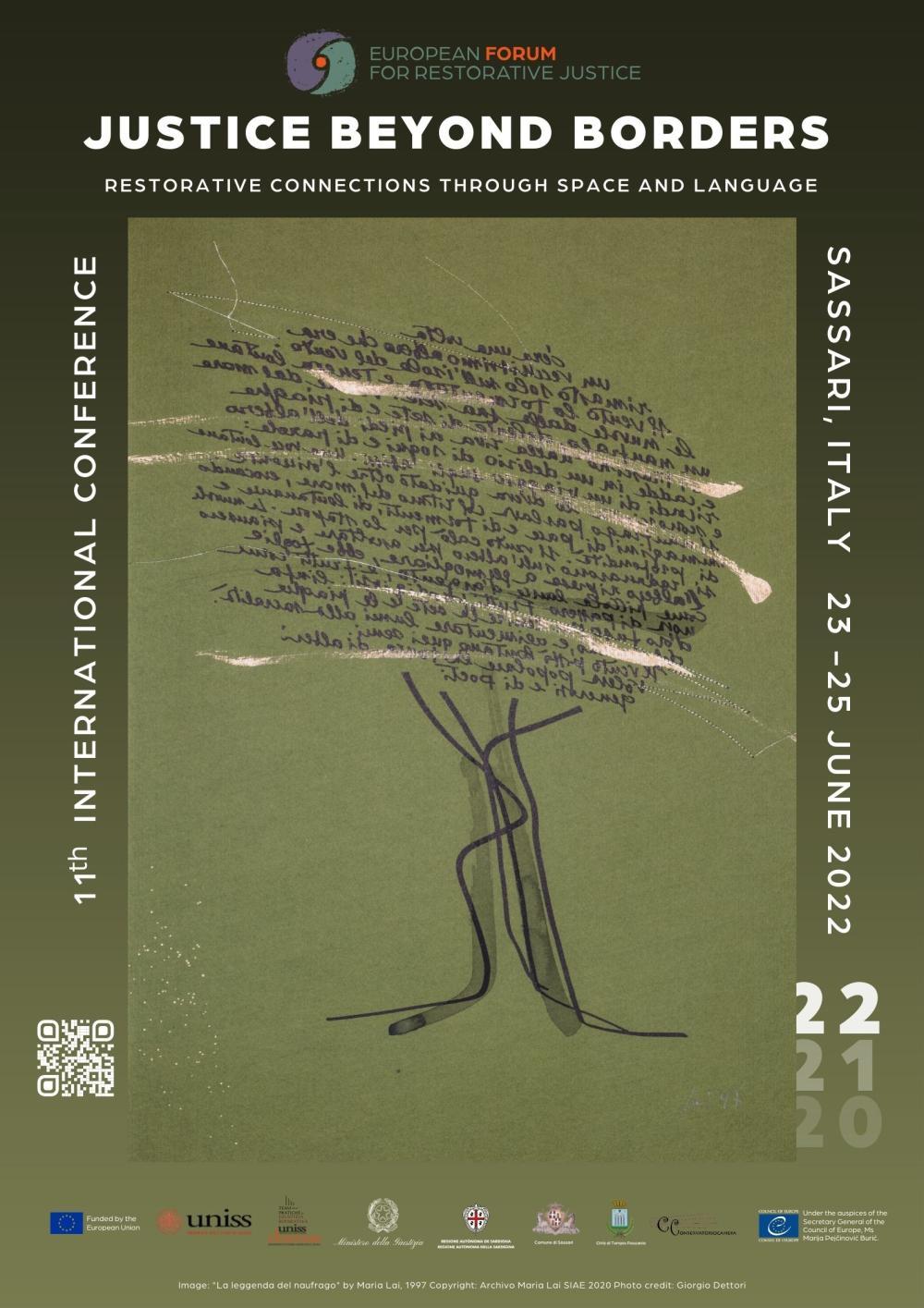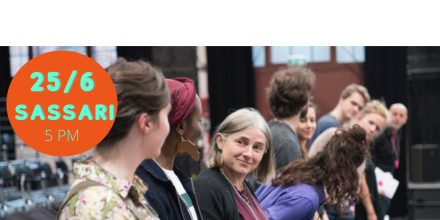The 11th international conference of the European Forum for Restorative Justice (EFRJ) entitled "Justice beyond borders: Restorative connections through space and language" takes place in the island of Sardinia. The choice of the location (in late 2018) is not coincidental. The Mediterranean sea has always been a place of encounters, exchange, and hospitality, but also of conflict, clashes, and confrontation. The sea, apparently infinite and without borders, enabled human beings to travel towards places where they encountered natural, social and political borders.
It is the liminal metaphors of borders, boundaries, and frontiers that will inspire and challenge us throughout our 3-day event. Our main focus is understanding together the way in which restorative approaches can contribute towards undoing suffering and injustices that are experienced by people because of physical, economic, cultural, political and social borders. Only by getting closer to limits, can we re-examine identities, transcend constructed barriers and discover new ways to embrace diversity and live together at peace.
This conference was originally planned in June 2020, postponed to 2022 because of the Covid-19 pandemic. 2020 marked the 20th anniversary of the EFRJ and 2022 represents the first time we will meet again after two exceptional years. Restorative justice itself has come of age, it is part of a larger ecosystem and it continued to grow and evolve also in times of the pandemic. In light of modern global challenges, we want to understand also the way in which the restorative justice community challenges its own borders, discovers new spaces and forms of practice and overcomes language and cultural barriers.
If you wish to make full use of your trip to Sassari, you may register also to the pre-conference training (21-22 June).
***If you are a conference participant, you do not have to print the booklet: you will receive it in Sassari at the registration desk.***




